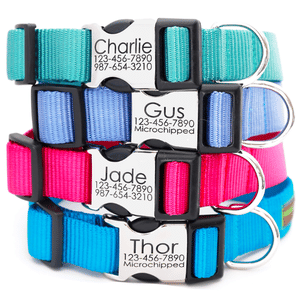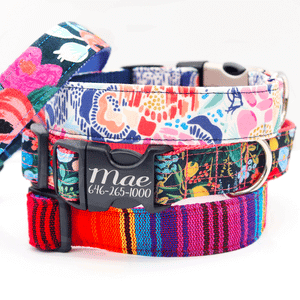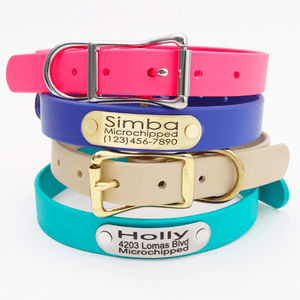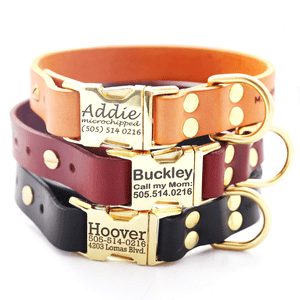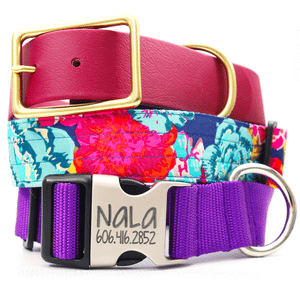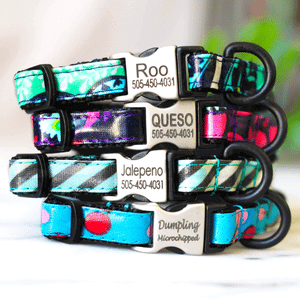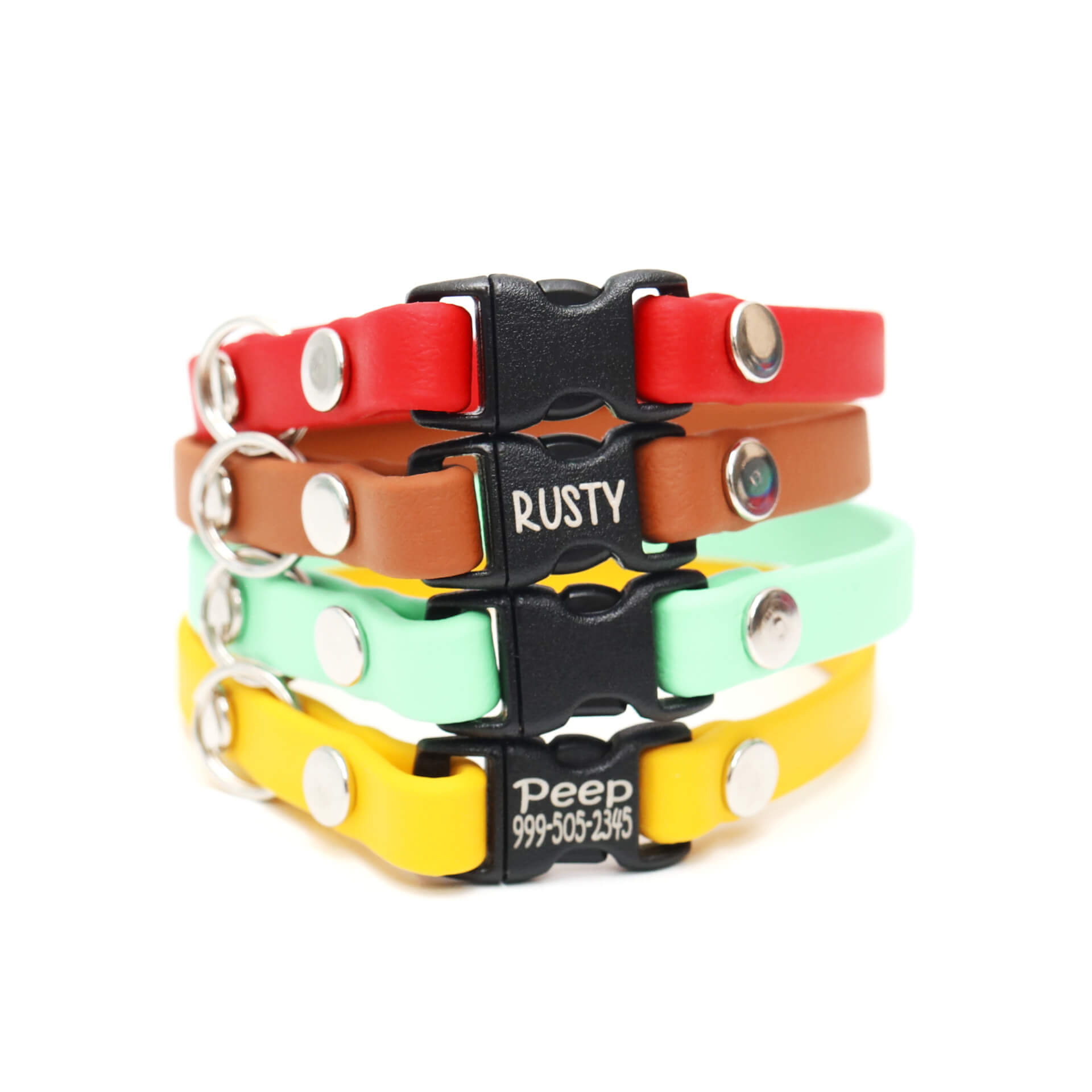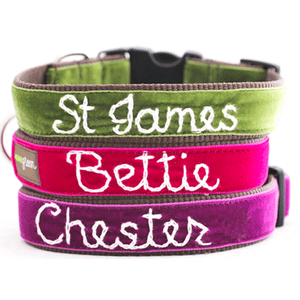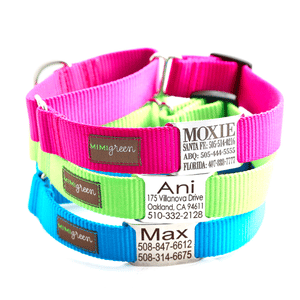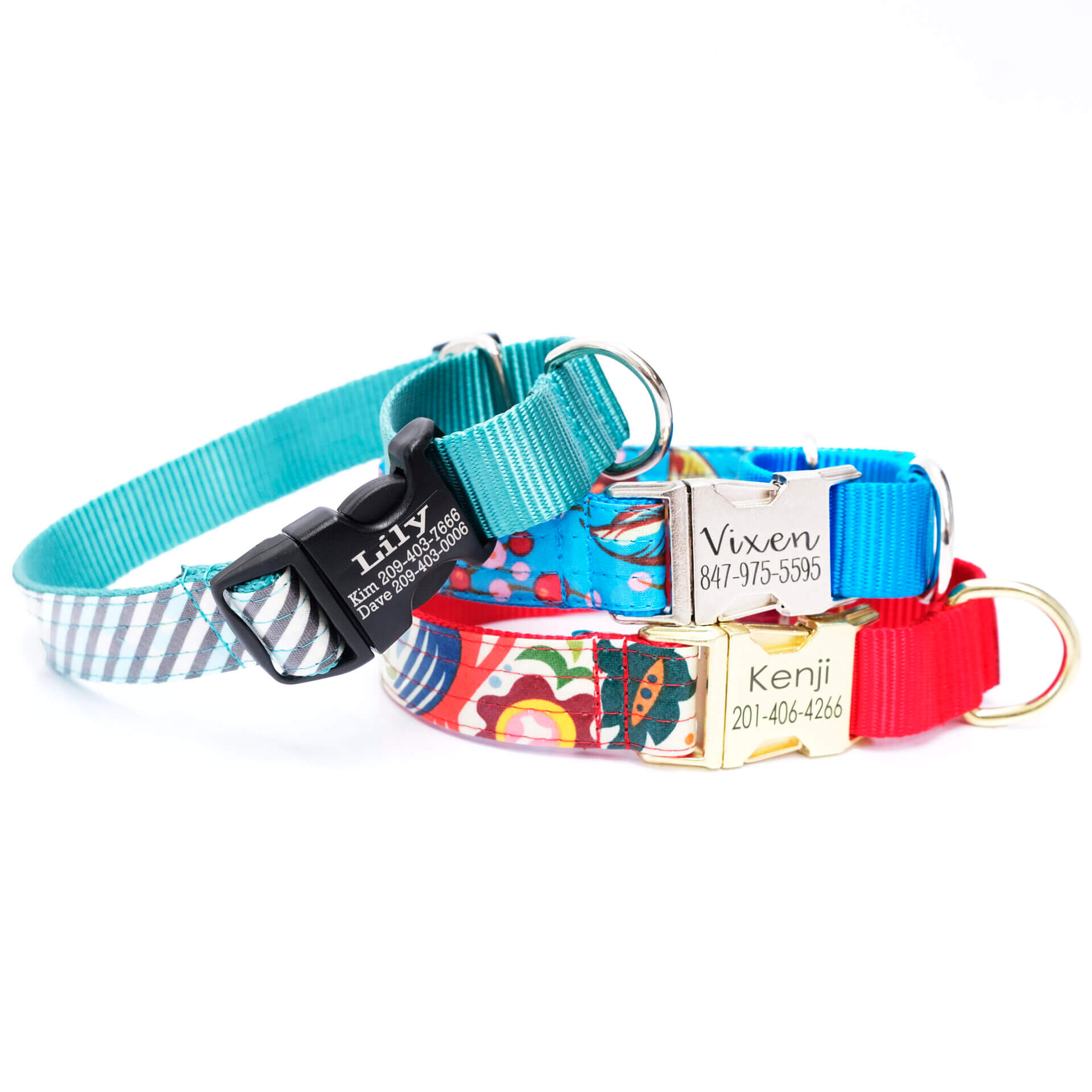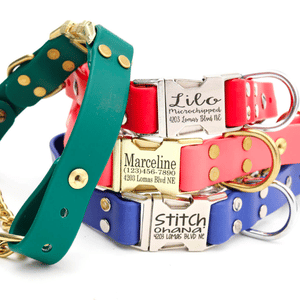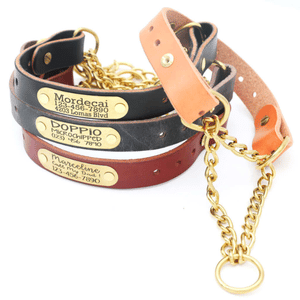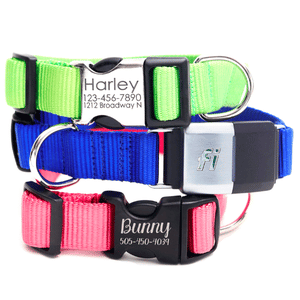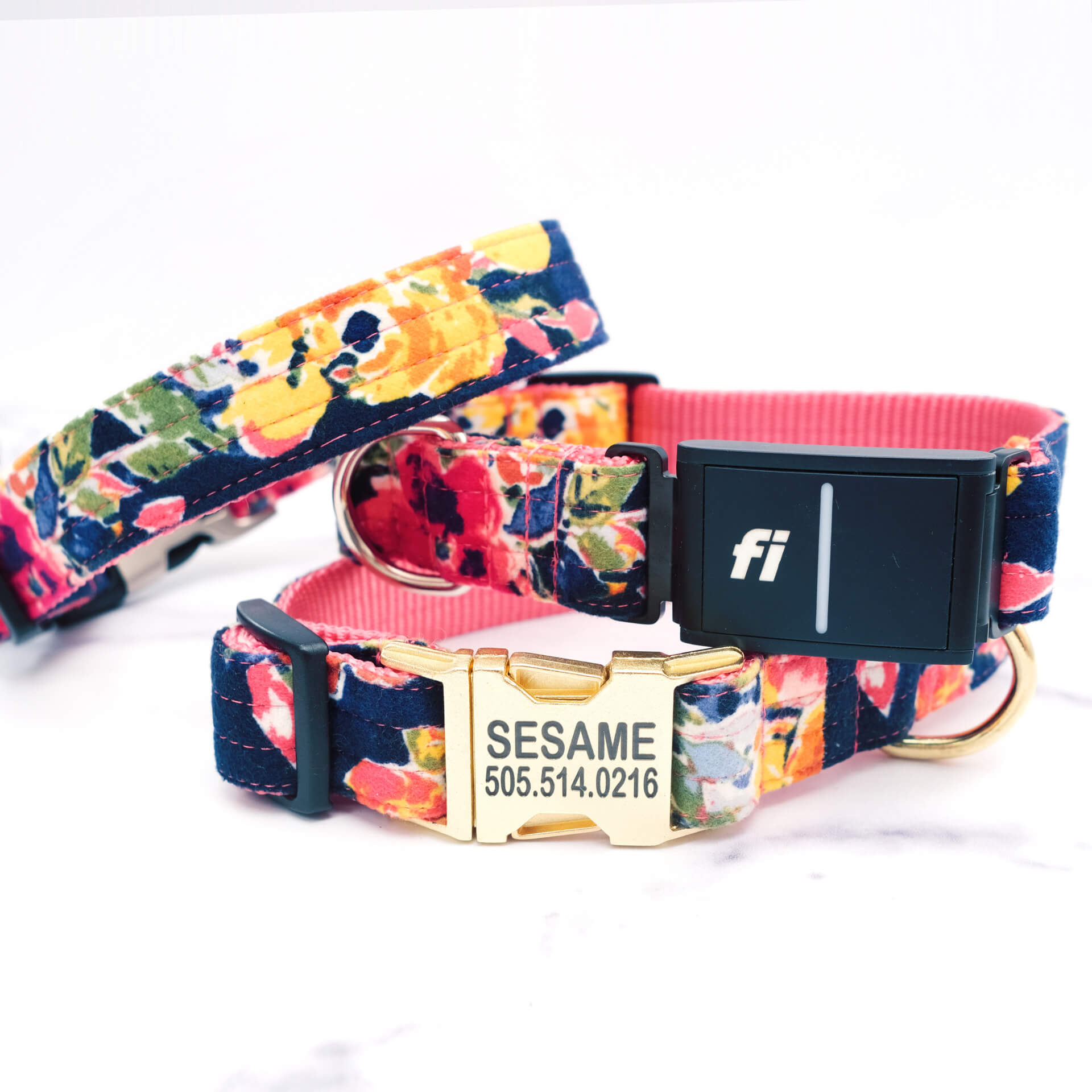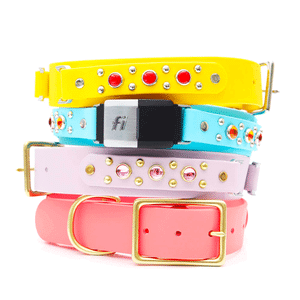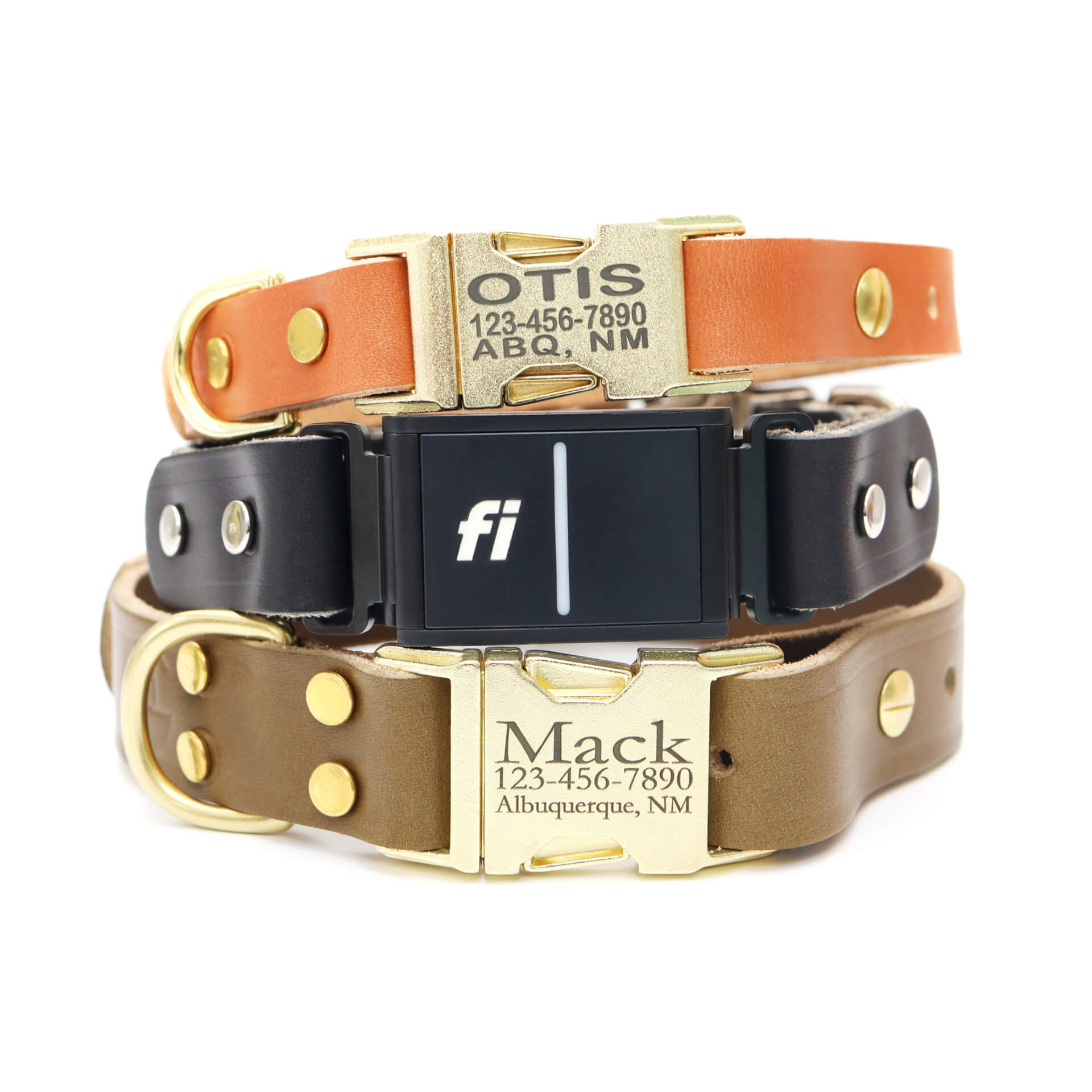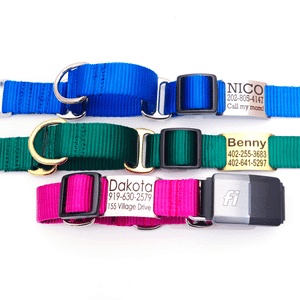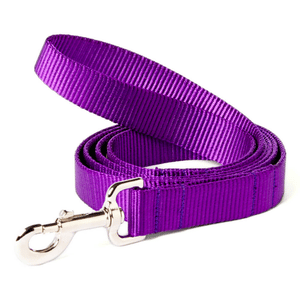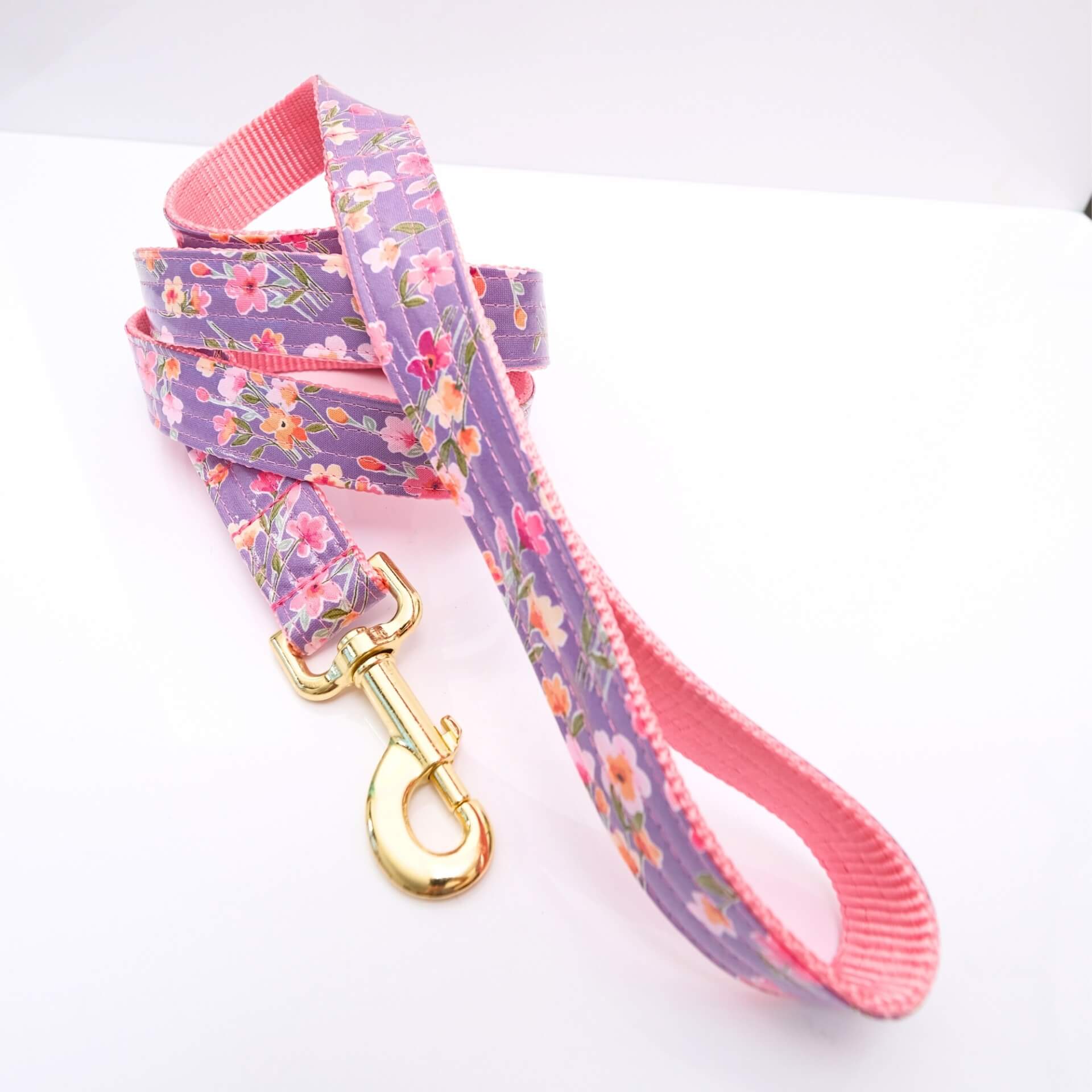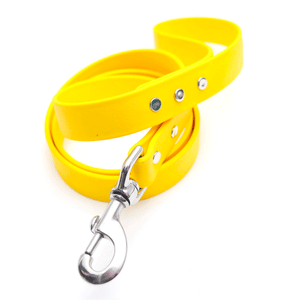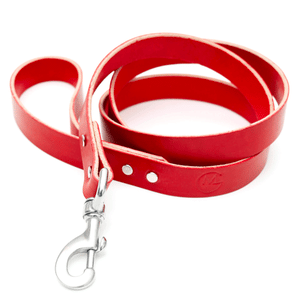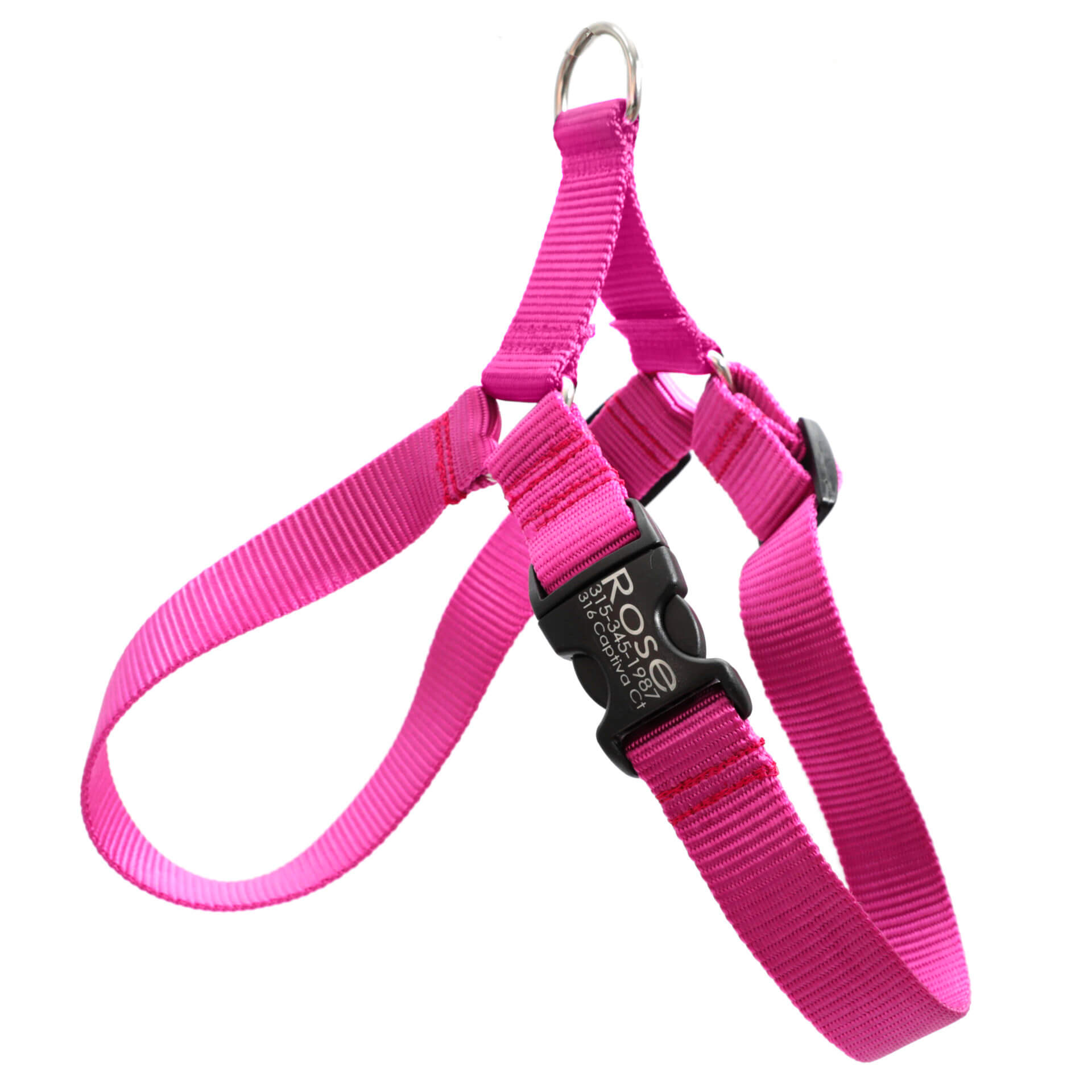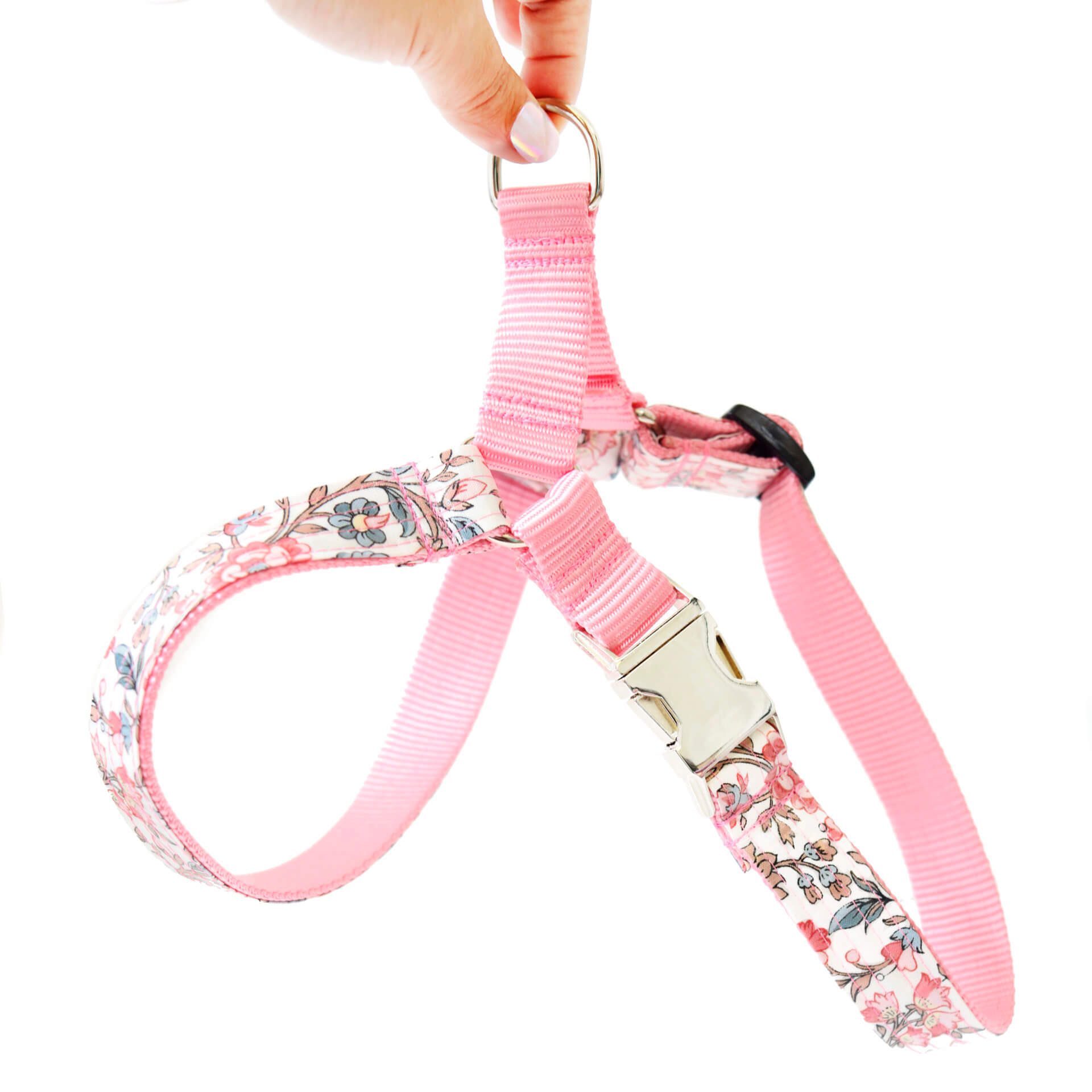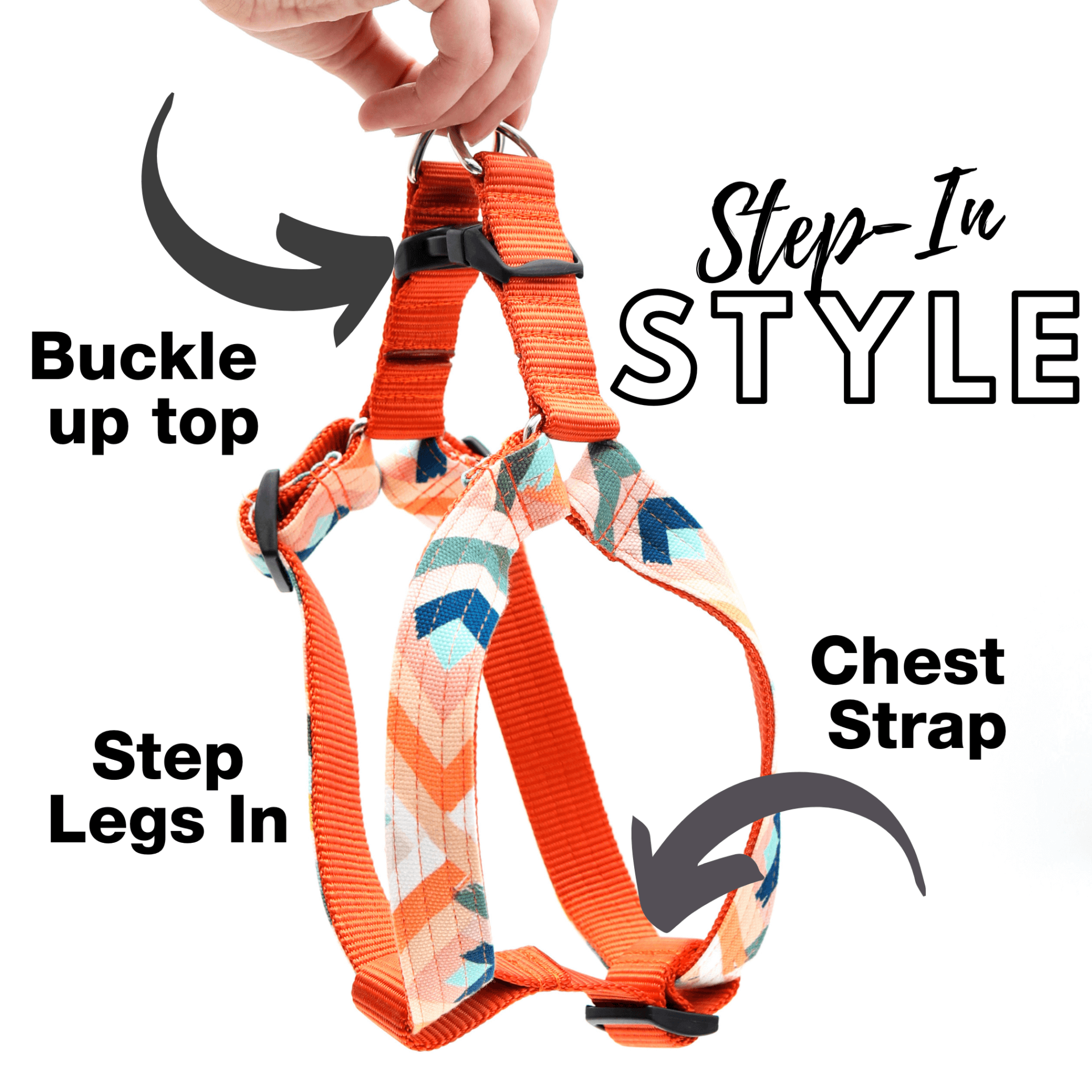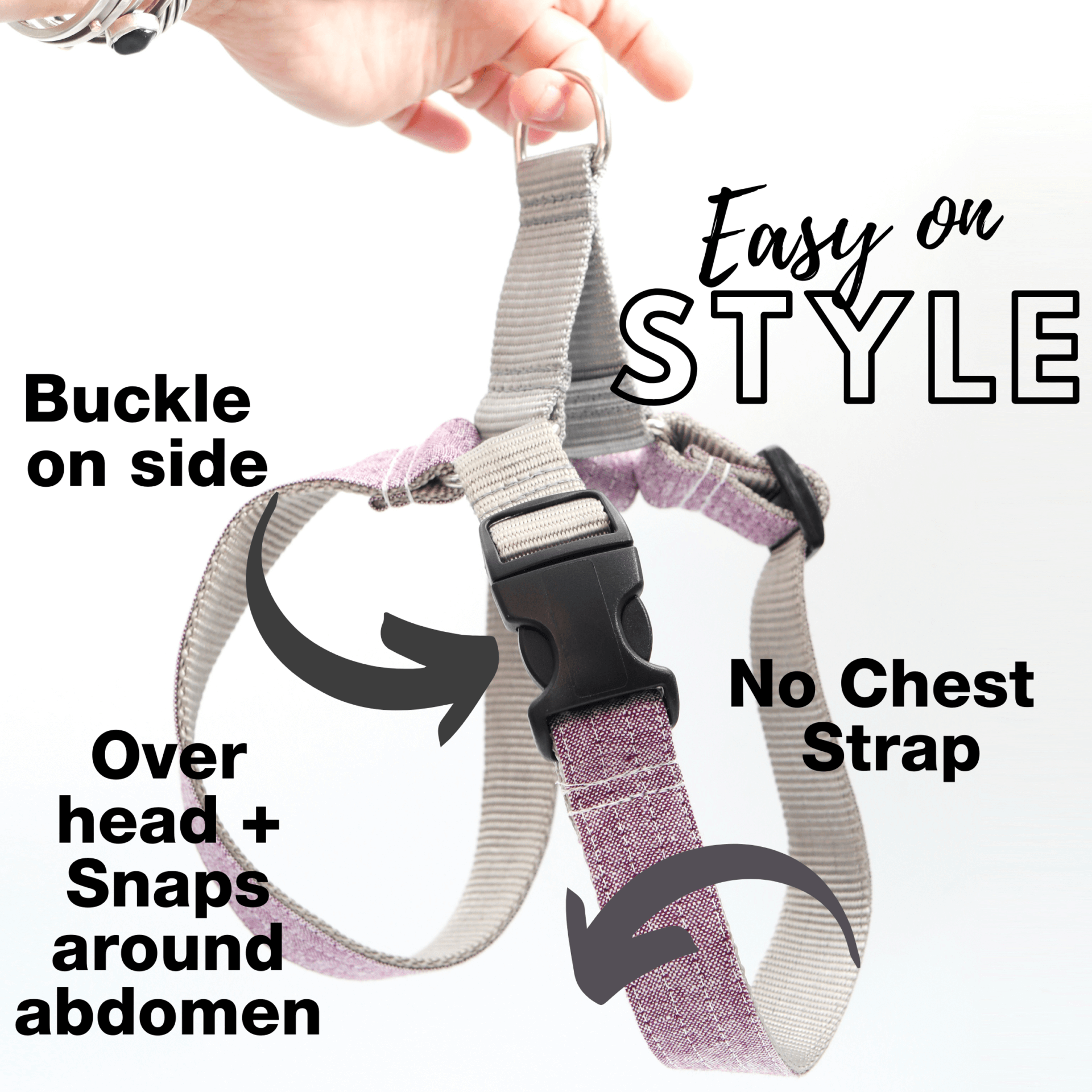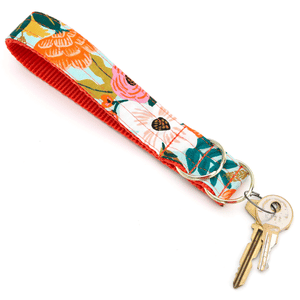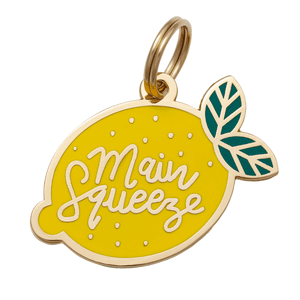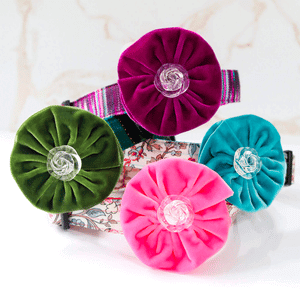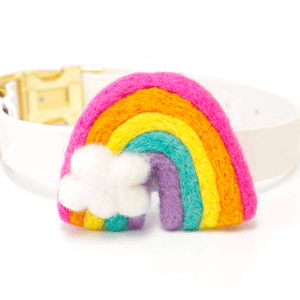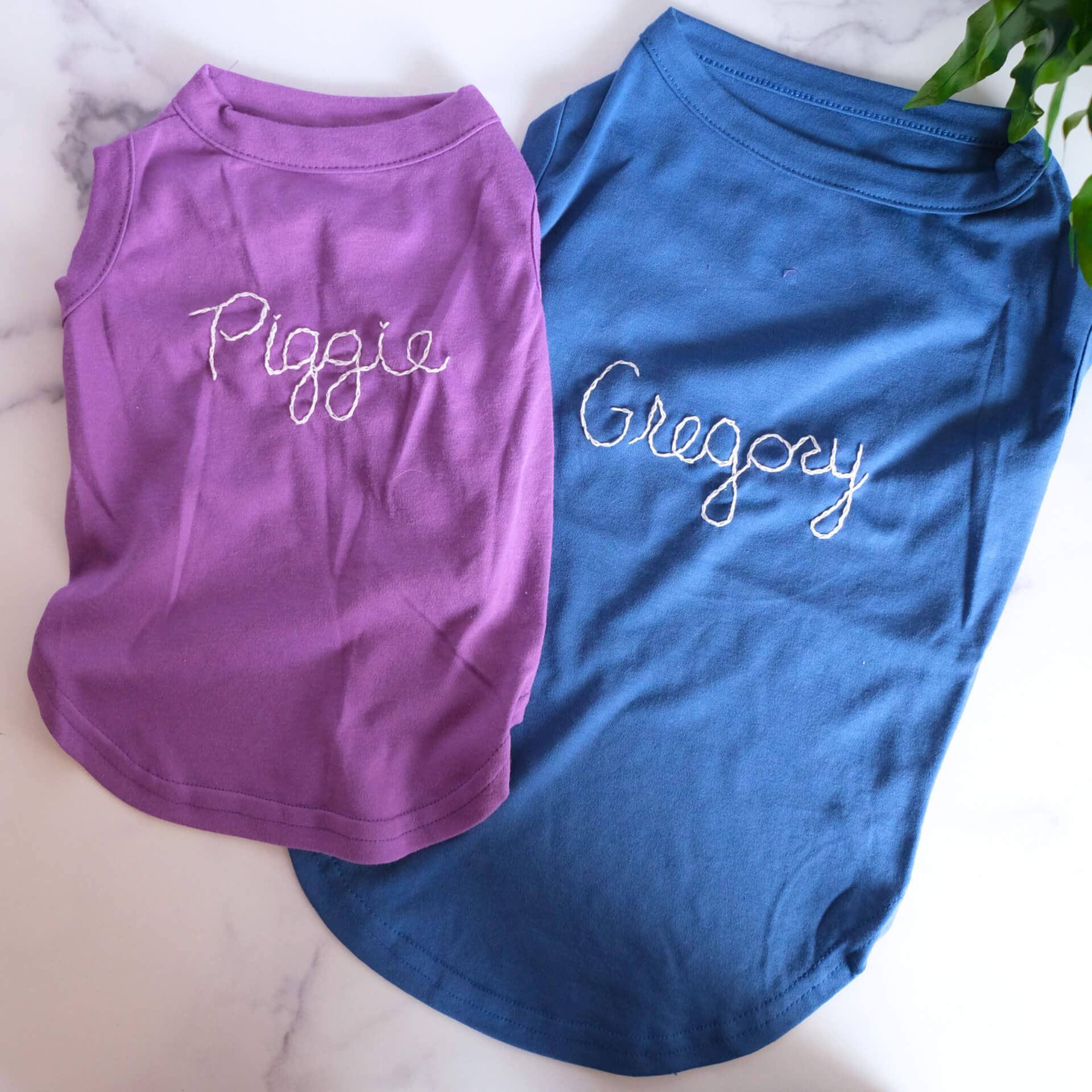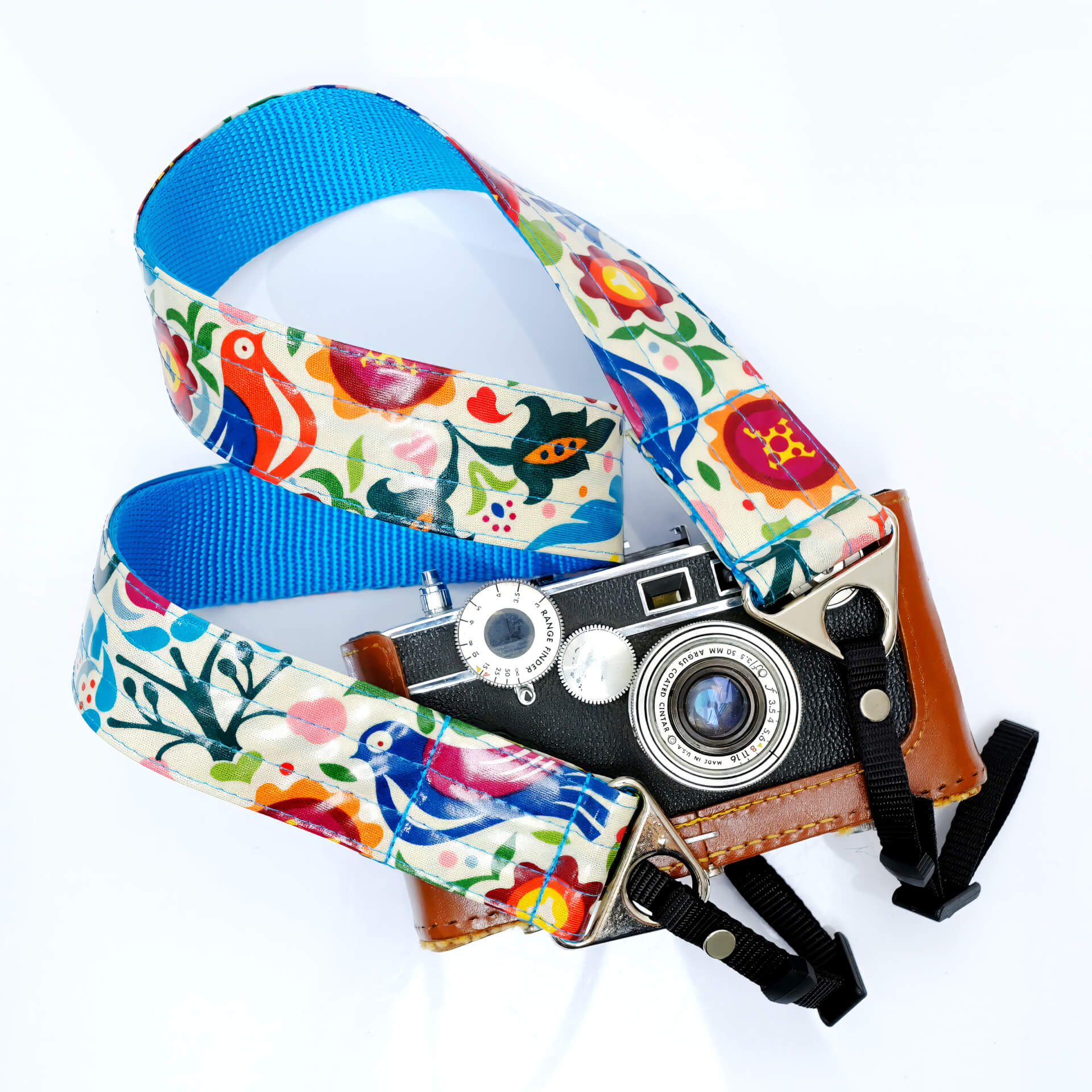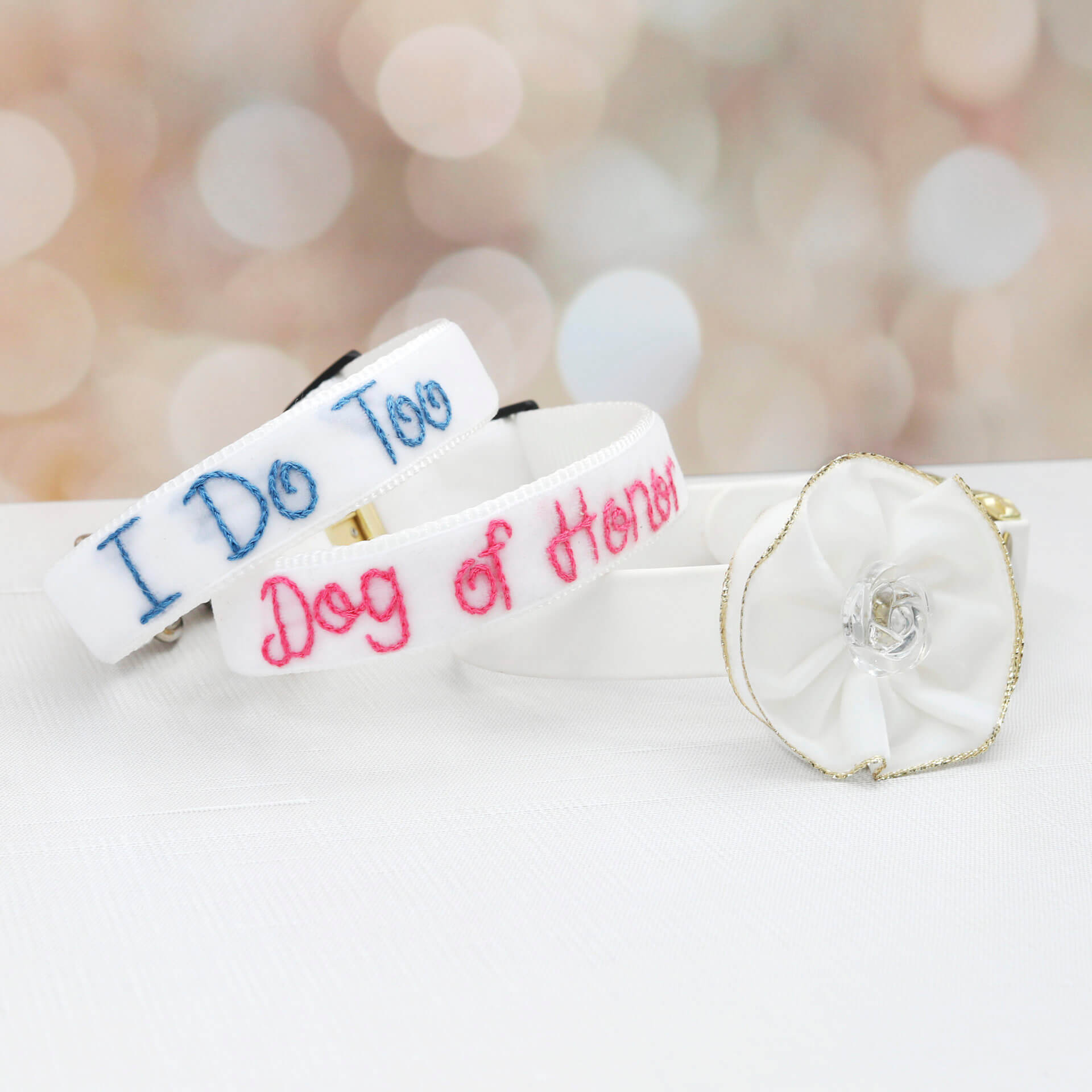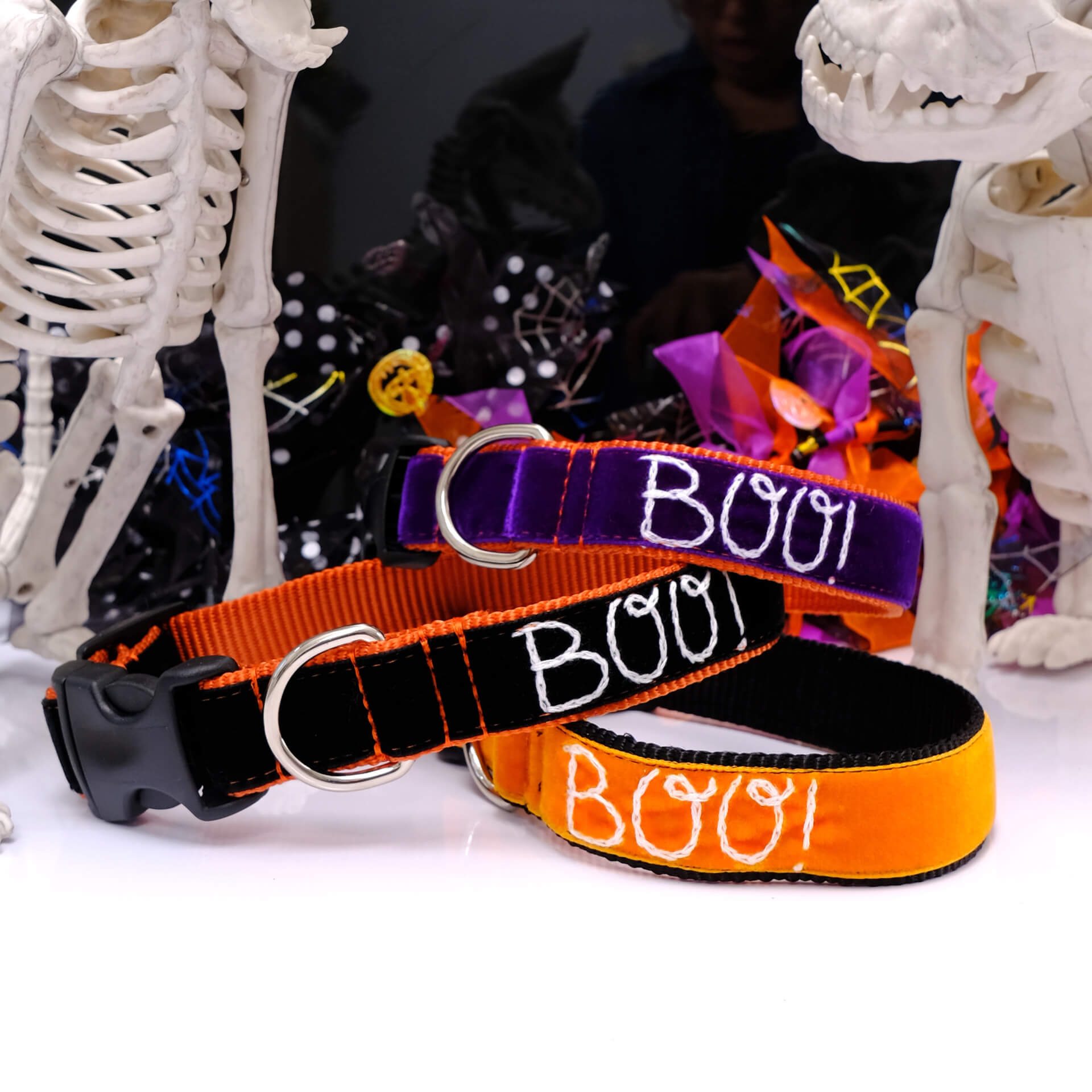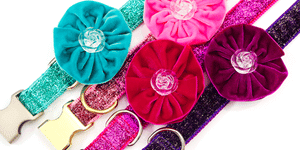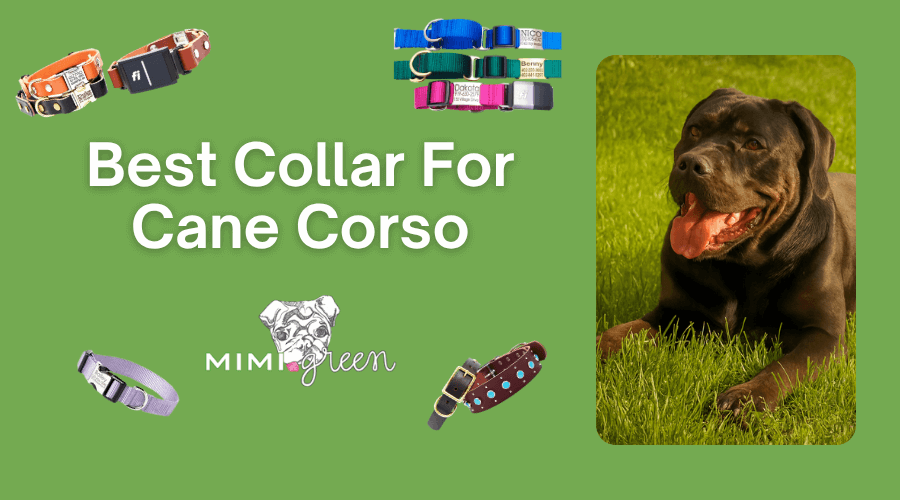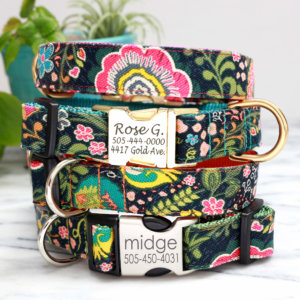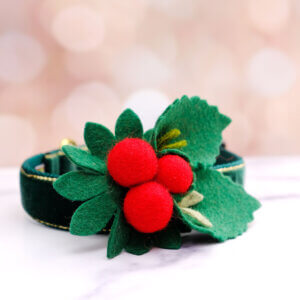Blog
Best Dog Collars for Cane Corsos | Secure & Stylish Picks
Martingale collars are the safest everyday option for Cane Corsos because they tighten slightly when pulled but don’t choke, offering control without harm. Standard collars often fail under their strength, so wide, padded, or leather options are key for comfort and durability.

Choose a Martingale Collar
- If your Corso pulls hard, backs out of flat collars, or has a wide neck compared to their head
- Use a wide band (1.5″+) to distribute pressure safely
- Material: Padded nylon, leather, or Biothane for strength & comfort
Choose a Flat Collar
- If your Corso needs a collar just for tags or indoor use
- Ensure it’s wide (1″+) with metal buckle
- Best Material: Leather for comfort, Biothane for easy cleaning
Choose a Harness (in addition to collar)
- If your dog pulls or has neck sensitivity
- Look for front-clip harnesses to redirect pulling
- Pair with a flat or martingale collar for ID
Generic collars rarely cut it here. They might slip off entirely, choke a dog if misused, or break when you least expect it, a risk no one wants when you’re handling a breed with such protective instincts.
That’s exactly why we build our heavy-duty martingales with reinforced stitching, wide bands, and hardware that doesn’t quit when your Corso decides to flex all 100+ pounds of muscle.
Best Collar Types for Cane Corsos
Not every collar style is up to the job. Let’s break down which options work best for your Cane Corso’s daily adventures and training.
Martingale Collars
Martingale collars are a favorite for big breeds that tend to slip out of traditional flat collars. Unlike chain slips or choke collars, which can damage a Corso’s neck if misused, a martingale tightens just enough to stay secure without constant pressure.
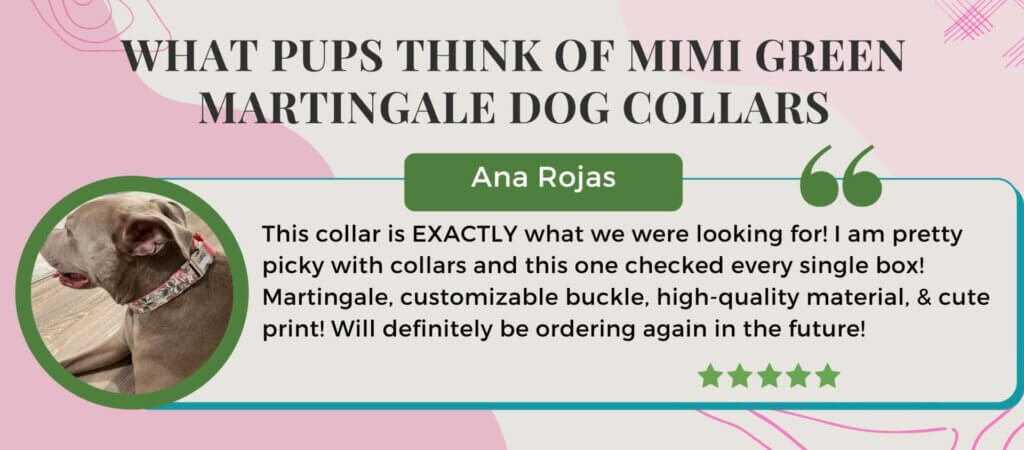
For powerful dogs, they offer the sweet spot of control and safety, especially for leash training or neighborhood walks. Our wide martingale options even help spread out pressure, protecting your dog’s fur and skin folds. For Corsos with longer neck fur, rolled leather martingales can help reduce matting too, a detail most guides miss.
👉 Shop Mimi Green Martingale Collars
Prong Collars (Advanced Users Only)
Prong collars are a topic of debate in the training world. While some trainers use them for specific behavior modifications, they can be ineffective or even harmful if used incorrectly.
A Cane Corso’s neck is thick but also sensitive in the wrong hands. If you’re considering a prong, always work with a trusted trainer who understands how to adjust and use this tool humanely.
E-Collars: When and Who Should Use
E-collars, or electronic collars, can be useful for off-leash training if you’ve got acres of land or want to reinforce recall. But again, these aren’t a one-size-fits-all fix. Not every Corso responds well to the stimulation, and misuse can erode trust.
Leading brands like Dogtra and Garmin produce well-calibrated units, but we always recommend pairing any e-collar training with professional guidance to protect your bond with your dog.
Flat Collars (for ID and Light Use)
Flat collars are great for your dog’s everyday tags, quick backyard breaks, or relaxing at home. But for controlling a Cane Corso on walks? They’re simply not enough on their own. Use them with a backup harness or martingale for outings where strength and reliability matter.
Leather or Wide-Band Collars
Wide collars distribute pressure more comfortably, a real plus for Corsos that pull or lunge. Real leather softens over time and helps prevent rubbing, while Biothane stays clean and odor-resistant when your pup gets muddy. Mimi Green’s custom leather and wide-band collars combine style, comfort, and strength, giving you a collar that works hard and looks good doing it.
How to Measure Your Cane Corso for a Collar
Getting the right fit is one of the best ways to keep your Cane Corso comfortable, and prevent slipping, chafing, or neck strain. Here’s how to get it right the first time:
- Use a soft tape measure: Wrap it around the widest part of your dog’s neck, usually right below the skull, where their collar will naturally sit. Avoid measuring around the throat alone, since that’s narrower and can lead to a too-tight fit.
- Follow the two-finger rule: You should be able to slide two fingers snugly between the collar and your dog’s neck. Too tight? Your dog can’t breathe comfortably. Too loose? They’ll slip out before you even cross the yard.
- Know the typical Cane Corso size range
- Puppies: Start around 14–18 inches, but check often, Cane Corsos grow quickly, and you may size up more than once in the first year
- Adults: Most full-grown Corsos measure between 18–24+ inches, depending on gender and build. Always measure, don’t guess.
- Re-check the fit regularly Puppies can gain several pounds per month, so plan to check their collar weekly. For adults, a quick fit check every few weeks helps prevent chafing or slipping.
Use Mimi Green’s size chart: Check out our video How to Measure for a Collar, and we’ll help you choose the paw-fect one:
Collar vs Harness for Cane Corso
Some Cane Corsos do best with both: a sturdy collar for ID and gentle control, paired with a properly fitted harness for training or walks. If your Corso is an escape artist or has neck sensitivities, a harness can help distribute pulling force across the chest and shoulders rather than the neck alone.
A dual setup, collar plus harness, means you always have a secure hold on your dog, no matter how big or determined they get.
👉View Mimi Green Harness Collection here
Training Collars: What Actually Works for Cane Corsos?
Choosing a training collar for a Cane Corso is never one-size-fits-all. This breed’s strength and smarts mean you need gear that guides them, not hurts them.
- Martingale: Start here. Martingale collars are widely trusted for Cane Corsos who tend to back out of regular flat collars. They tighten gently when your dog pulls, offering just enough correction without risking throat injury. They’re a great balance of safety and control, especially when paired with consistent training.
- Prong Collars: With professional guidance. A properly fitted prong collar can create clear, pressure-based cues for advanced obedience work. But when used incorrectly, they can damage a Corso’s thick neck tissues and erode your trust bond. Always consult an experienced trainer before trying one.
- E-Collars: E-collars can be effective for recall training or off-leash adventures, if your dog responds well and you’re committed to learning how to use them. Top brands like Dogtra and Garmin offer well-calibrated units, but they’re never a shortcut. Some Cane Corsos simply don’t take to them, and poor use can cause confusion.
- Head Collars: Though helpful for some pullers, head collars often frustrate Cane Corsos. This breed’s broad skull and stubborn streak can make the fit uncomfortable, and some dogs will resist wearing them altogether. If you try one, ensure it’s properly sized and introduced gradually.
What to Look for in a Cane Corso Collar
A collar for a Cane Corso should be built like your dog: strong, secure, and good-looking for the long haul. Here’s what to keep in mind:
- Material: Leather is timeless and softens beautifully over time. Biothane is waterproof and odor-resistant, ideal for drooly dogs who love a good mud roll.
- Buckle Type: It’s a common misconception that metal is always stronger, our military-grade plastic buckles often outperform metal since they don’t rely on moving parts like springs. We use hybrid buckles on 1.5″ collars because they’re actually stronger than full metal versions.
- Hardware Strength: Heavy-duty D-rings and double rivets add years of life, and keep you in control if your Corso lunges.
- D-Ring Placement: A side-mounted ring can help with training by redirecting pulling.
- Customization: Engraved nameplates, Fi GPS compatibility, and embroidered names ensure your dog’s ID stays put, even if they slip a tag.A collar this special shouldn’t look like every other dog’s.

Collar Care and Replacement Tips
No collar is truly forever, especially with a breed this strong. Keeping your Corso’s collar in good condition is part of protecting their neck and your peace of mind.
When to Replace:
- Inspect every few weeks.
- Swap out if you see fraying, rust, loose buckles, or stretched webbing.
- Plan for a fresh collar every 6–12 months if your dog is a hard player.
How to Clean:
- Biothane and waterproof styles wipe clean with soap and water.
- Leather collars benefit from a gentle leather conditioner to keep them supple.
- Velvet and fabric collars can usually be hand-washed and air-dried, just follow your care tag.
Mimi Green Tip: Our collars are made with quality stitching and premium materials, but checking regularly keeps your dog comfortable and safe on every adventure.
Cane Corso Puppies vs Adults: Collar Needs Change
Your Cane Corso’s collar should grow right along with them. Puppies put on pounds fast, so their gear should flex and adjust.
For Puppies:
- Start with a lightweight, adjustable collar.
- Avoid restrictive training collars like prongs or e-collars, you’re building trust first.
- Flat collars with secure buckles and ID are perfect for young pups learning leash manners.
As They Grow:
- Recheck the fit every couple of weeks. Puppies can gain several pounds in a single month.
- Plan to transition to a wider martingale once they hit adolescence.
- A matching harness is smart for leash training without putting strain on their neck.
Don’t wait until your pup is slipping out or chewing through cheap gear. Investing early in strong, well-fitted collars helps you avoid costly mistakes later.
Best Collar and Leash Combos for Cane Corso
A strong collar does half the work, the leash does the rest. For a Cane Corso, you want a leash that matches their power and your handling style.
- Ideal Length: Stick to 4–6 feet for everyday walks. Anything longer can give a big dog too much room to build momentum.
- Avoid Retractables: These aren’t built for sudden lunges from a 100-pound dog, plus, they offer little real control.
- Match the Walk: Use a shorter leash for busy sidewalks or training sessions; a longer, heavy-duty leash works well for open parks if your Corso’s recall is reliable.
Final Checklist for Cane Corso Owners
Before you clip that leash on, run through this gear checklist to walk and train your Corso safely, and in style:
✅ Wide collar (martingale for secure control)
✅ Strong, sturdy leash, no retractables
✅ Harness if your dog is an escape artist or training to stop pulling
✅ ID tags or engraved buckle that won’t fall off mid-run
✅ Training treats (yes, even for big dogs, they love rewards)
✅ A cleaning cloth for muddy walks
✅ A printed or saved sizing guide for when it’s time to check that fit again
FAQ
What’s the safest collar for a Cane Corso? A wide, well-fitted martingale collar is safest for everyday use. Prong or e-collars should only be used under a trainer’s guidance.
How do I stop my Cane Corso from pulling? Combine a martingale or harness with positive reinforcement training. Consistency and the right tools make all the difference.
Should I choose a collar or harness? For many Cane Corsos, both work best: a collar for ID and control; a harness to protect the neck during training or for dogs prone to slipping collars.
Ready to Get the Best for Your Cane Corso?
Your Cane Corso deserves gear that does more than hold an ID tag, it should protect their neck, match their strength, and make every walk feel secure. That’s why we make each Mimi Green collar to order, right here in the USA.
Whether you choose a sturdy martingale with reinforced stitching, a waterproof Biothane collar that shrugs off mud and drool, or a wide leather design that ages beautifully, you’re giving your dog comfort and safety, and yourself peace of mind.
Complete your setup with:
- A matching heavy-duty leash that won’t snap mid-lunge
- A harness to balance control and comfort when you need it
- Custom engraving, color, and fit, because a Cane Corso is never generic, and their gear shouldn’t be either.
👉Find Your Cane Corso’s Martingale Collar Today!

